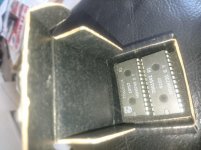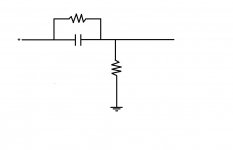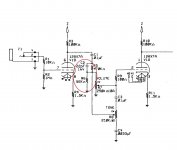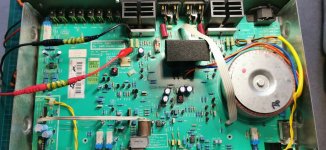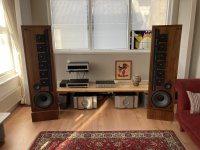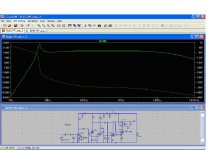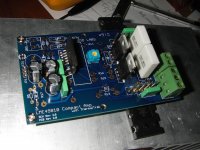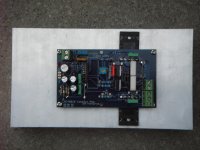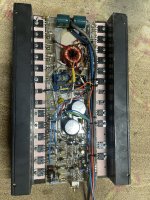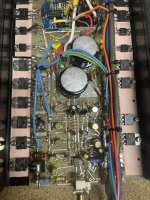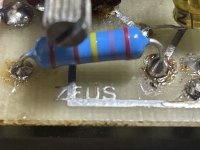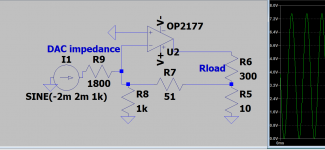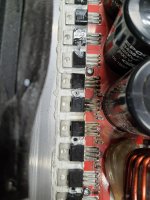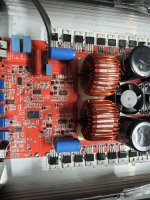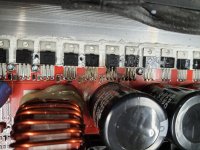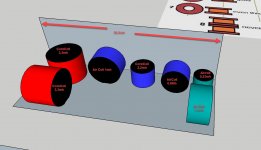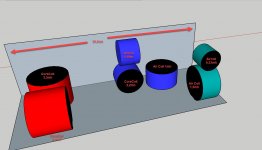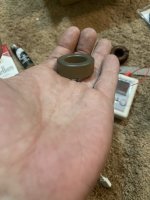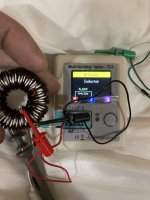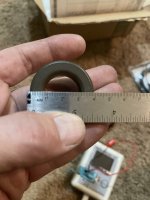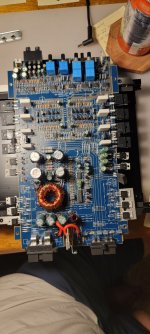Last year I built a pair of Jeff Bagby's auricle speakers, which use a RAAL 70-20XR and single Satori MW16P midwoofers, and now I'm planning to move the drivers to his tower design, called the Testarossa, which is probably known to some here. I'm making this post because I have a few questions and would like to hear the perspectives of other more experienced speaker builders. Being new to this, I'm being conservative and using a proven design, while at the same time reading all I can so I understand what is really going on with the speaker, ie what each crossover component is contributing, how the cabinet design is affecting the sound, etc. I'm a way off from designing my own speaker, and with the dizzying array of proven designs already out there, not sure if I'll ever make that leap to be honest. But the bug has definitely gotten me.
In any case, for those not familiar, the Testarossa is a small tower using the RAAL and two Satoris rather than one. Still a two way. Besides just getting my rocks off building another speaker (and learning), I have two primary reasons for wanting to do this. First is the increase in sensitivity, since I have a 25w amp, and the second is the benefits of two vs one MW, which I think will increase SPL in my smallish room, while liberating the tweeter a bit due to lower resistance values. I think it will sound better, and more full, and take some of the strain off my amp and improve dynamics a bit.
The first question I have centers around which version of the Testarossa I build, the options being a 10" passive radiator (which would be located on the side of the cab), or a ported version, which in my case would be located in the front to lessen boundary issues in my room. It seems the passive version would result in a different response from the MWs, since there is no air exchange, maybe tightening up the response a bit? I'm actually leaning towards the ported version, mostly to save a little $$ but also because I have a decent sub and always will so unless the PR has an obvious advantage I am wondering why I would use it. Jeff did in his own pair, and that counts for a lot in my book, but I don't have the experience to choose like some here.
There are also some details about the cabinets I pan to build that aren't according to the plans, and this is where the experimantation comes in, but maybe that's for another day, but I'll just say it involves mass, which I'm convinced can make a big difference. I come from a world of woodworking and carpentry machines and I've always noticed how much mass just "quiets" things down, and I think a cabinet that's vibrating is causing noise. When you push a piece of stock through a tablesaw, shaper, or planer that weighs a lot there's a smoothness that just can't be had with lighter machines!
Anyway, if anyone has any thoughts it would be helpful, thank you.

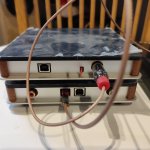
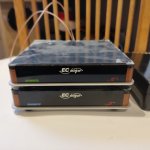
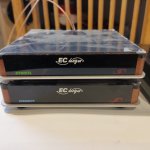
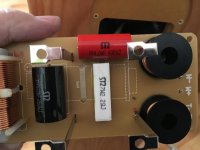
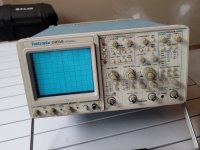
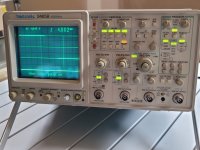
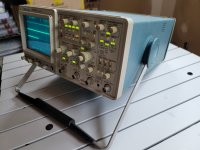
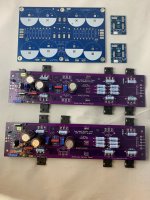

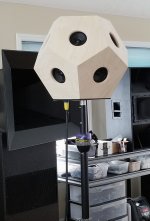
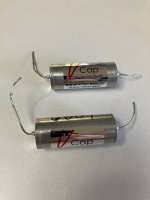
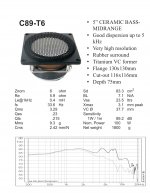

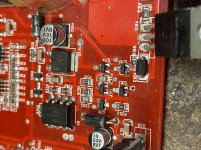










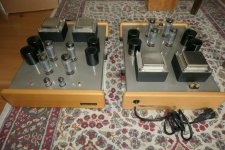
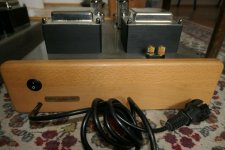

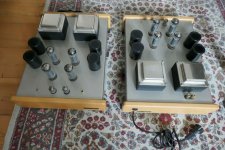
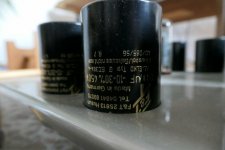
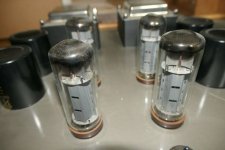
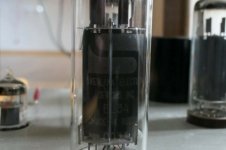
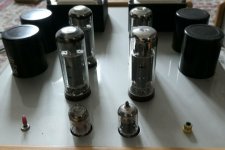
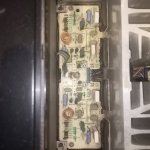
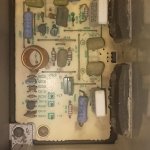
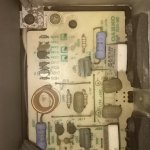
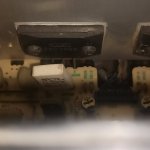
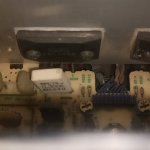
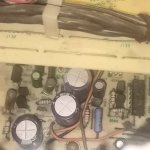

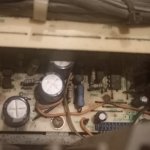
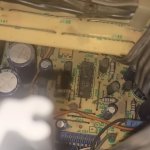
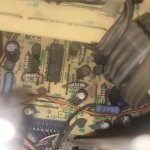


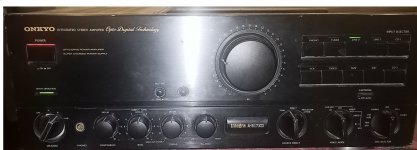
![IMG_20220214_154054[1].jpg](/community/data/attachments/933/933381-39064a66ad783f151ce47717a6ef3d8a.jpg?hash=OQZKZq14Px)
